Oxymetholone
Synonym(s):17β-Hydroxy-2-(hydroxymethylene)-17-methyl-5α-androstan-3-one;Anasterone
- CAS NO.:434-07-1
- Empirical Formula: C21H32O3
- Molecular Weight: 332.48
- MDL number: MFCD00869395
- EINECS: 207-098-6
- SAFETY DATA SHEET (SDS)
- Update Date: 2024-12-18 14:15:30

What is Oxymetholone?
Toxicity
May cause cancer. The uncontrolled misuse of oxymetholone can lead to a large variety of detrimental effects, the most often reported of which are cardiovascular events.
Description
Oxymetholone is a synthetic, orally active anabolic-androgenic steroid (AAS) and 17α-methylated derivative of dihydrotestosterone (DHT). It is mainly used for the treatment of osteroporosis and anemia (low red blood cell count). It can also stimulate the muscle growth in malnourished or underdeveloped patients. It also has the potential to treat the HIV wasting syndrome. Oxymetholone can also lead to an even buildup in strength, which is its secondary characteristics, making it an excellent steroid to be coupled with other anabolic steroids to yield synergetic effect.
Chemical properties
Oxymetholone is an odorless white to pale yellow crystalline solid or powder. Insoluble in water, easily soluble in chloroform, soluble in dioxane, vegetable oil, slightly soluble in ethanol and ether. It is sensitive to light (Akron 2009). It is structurally related to the male hormone testosterone (IARC 1977, NTP 1999).
The Uses of Oxymetholone
Oxymetholone is used in treatment of myelofibrosis and myelosuppression. This drug can provoke bone marrow cells and rise the blood cells in the peripheral blood vessels. It has been approved by the US Food and Drug Administration for the treatment of anemia caused by deficient red cell production. It is effective in catabolic states, replacement of male sex steroids in men who have androgen deficiency, and in eugonadal male and female patients with acquired immunodeficiency syndrome-associated wasting.
Background
Oxymetholone is a synthetic anabolic steroid marketed under the brand name Anapolon by Hoffmann La Roche Limitedand used in the treatment of osteoporosis, anaemia, and as an agent to stimulate muscle growth in malnourished or underdeveloped patients. Anabolic-androgenic steroids (AAS), such as oxymetholone, have been abused by bodybuilders and athletes. The uncontrolled misuse of oxymetholone can lead to a large variety of detrimental effects, the most often reported of which are cardiovascular events. In 2009, no producers of oxymetholone were identified worldwide (SRI 2009), but it was available from 14 suppliers, including 8 U.S. suppliers (ChemSources 2009).
Indications
Indicated in the treatment of anemias caused by deficient red cell production. Acquired aplastic anemia, congenital aplastic anemia, myelofibrosis and the hypoplastic anemias due to the administration of myelotoxic drugs often respond. Oxymetholone should not replace other supportive measures such as transfusion, correction of iron, folic acid, vitamin B12 or pyridoxine deficiency, antibacterial therapy and the appropriate use of corticosteroids.
Definition
ChEBI: Oxymetholone is a 3-oxo-5alpha- steroid that is 4,5alpha-dihydrotestosterone which is substituted by a hydroxymethylidene group at position 2 and by a methyl group at the 17alpha position. A synthetic androgen, it was mainly used for the treatment of anaemias until being replaced by treatments with fewer side effects. It has a role as an anabolic agent, an androgen and an anti-anaemic agent. It is a 17beta-hydroxy steroid, an enone, a tertiary alcohol, an enol, an anabolic androgenic steroid and a 3-oxo-5alpha-steroid.
brand name
Anadrol (Alaven).
General Description
Oxymetholone is an odorless white to creamy white crystalline powder. It is approved for the treatment of various anemias.
Air & Water Reactions
Insoluble in water.
Reactivity Profile
Oxymetholone may be sensitive to light.
Health Hazard
SYMPTOMS: Symptoms of exposure to Oxymetholone may include cholestatic jaundice, hepatocellular neoplasms and peliosis hepatitis. Prepubertal exposure may cause phallic enlargement and increased frequency of erection. Postpubertal exposure may cause inhibition of testicular function, testicular atrophy, oligospermia, impotence, chronic priapism, epididymitis, bladder irritability, clitoral enlargement, menstrual irregularities, increased or decreased libido, excitation, insomnia, nausea, vomiting, diarrhea, leukemia, gynecomastia, deepening of the voice in women, hirsutism and male-pattern baldness in women, acne, edema, retention of serum electrolytes and decreased glucose tolerance. It may also cause higher risk of developing liver cell tumors. Other symptoms include abnormal liver function tests, salt and water retention and masculinization, particularly of the female fetus.
Fire Hazard
Flash point data for Oxymetholone are not available. Oxymetholone is probably combustible.
Safety Profile
Confirmed human carcinogen producing liver tumors. Human systemic effects by ingestion: impaired liver function. An experimental teratogen. Experimental reproductive effects. When heated to decomposition it emits acrid smoke and irritating fumes. See also TESTOSTERONE.
Potential Exposure
Oxymetholone is a controlled substance (US), hormone and a systemic anabolic steroid.
Carcinogenicity
Oxymetholone is reasonably anticipated to be a human carcinogenbased on limited evidence of carcinogenicity in humans.
Environmental Fate
Oxymetholone may release into the environment through various waste streams. If released to air, oxymetholone does not absorb light at wavelengths >290 nm and therefore is not expected to be susceptible to direct photolysis by sunlight. If released to soil, oxymetholone is expected to have moderate mobility. Occupational exposure to oxymetholone may occur via dermal contact with this compound at workplaces where oxymetholone is produced. It can be overused intentionally in humans as a performance enhancement drug in athletes.
Metabolism
Not Available
Shipping
UN3077 Environmentally hazardous substances, solid, n.o.s., Hazard class: 9; Labels: 9-Miscellaneous hazardous material, Technical Name Required.
Toxicity evaluation
Acute and Short-Term Toxicity (or Exposure)
Animal/Human
No exact data exist for carcinogenicity of oxymetholone in
human and animal. Oxymetholone is generally presumed to be
a nongenotoxic. This statement is based primarily on the results of mutagenicity test, repeated-dose toxicology studies, and the
predicted results of a 2-year rat carcinogenicity bioassay.
Use of oxymetholone by a pregnant mother can cause
virilization of a female fetus. Oxymetholone overdose
produces symptoms such as nausea and vomiting. Most of the
signs and symptoms appear after chronic toxicity. Patients are
expected to recover rapidly after acute overdose but there are
few data. ‘Body builders’ use doses many times the standard
therapeutic doses for these compounds but do not suffer acute
toxic effects.
Chronic Toxicity (or Exposure)
Human
Liver injury, jaundice, and gynecomastia can occur. Acne,
abnormal lipids, cardiovascular disease (including stroke and
myocardial infarction), abnormal glucose tolerance, muscular
hypertrophy in both sexes, and psychiatric disorder can happen
during or after prolonged treatment. Hypertension, left
ventricular hypertrophy, and premature coronary artery disease
have been reported. Also, stroke, aggressive behavior, depression,
mania, psychotic symptoms of hallucination, and delusion
in anabolic steroid abusers are seen. Fluid and electrolyte
impairments and retention of sodium and water in users lead
to edema. Hypercalcemia and insulin resistance with a fall in
glucose tolerance have been reported.
Chronic Toxicity (or Exposure)
Human
Liver injury, jaundice, and gynecomastia can occur. Acne,
abnormal lipids, cardiovascular disease (including stroke and
myocardial infarction), abnormal glucose tolerance, muscular
hypertrophy in both sexes, and psychiatric disorder can happen
during or after prolonged treatment. Hypertension, left
ventricular hypertrophy, and premature coronary artery disease
have been reported. Also, stroke, aggressive behavior, depression,
mania, psychotic symptoms of hallucination, and delusion
in anabolic steroid abusers are seen. Fluid and electrolyte
impairments and retention of sodium and water in users lead
to edema. Hypercalcemia and insulin resistance with a fall in
glucose tolerance have been reported.
Reproductive Toxicity
Women develop signs of virilism with increased facial hair,
male pattern baldness, acne, deepening of the voice, irregular
menses, and clitoral enlargement. Prostatic hypertrophy,
impotence, and small doses of anabolic steroids are said to
increase libido, but larger doses lead to azospermia and
impotence. Testicular atrophy is a common clinical feature of
long-term abuse of anabolic steroids.
Incompatibilities
Incompatible with oxidizers (chlorates, nitrates, peroxides, permanganates, perchlorates, chlorine, bromine, fluorine, etc.); contact may cause fires or explosions. Keep away from alkaline materials, strong bases, strong acids, oxoacids, and epoxides. May be combustible and light-sensitive.
Waste Disposal
It is inappropriate and possibly dangerous to the environment to dispose of expired or waste pharmaceuticals by flushing them down the toilet or discarding them to the trash. Household quantities of expired or waste pharmaceuticals may be mixed with wet cat litter or coffee grounds, doublebagged in plastic, discard in trash. Larger quantities shall carefully take into consideration applicable DEA, EPA, and FDA regulations. If possible return the pharmaceutical to the manufacturer for proper disposal being careful to properly label and securely package the material. Alternatively, the waste pharmaceutical shall be labeled, securely packaged and transported by a state licensed medical waste contractor to dispose by burial in a licensed hazardous or toxic waste landfill or incinerator.
Properties of Oxymetholone
| Melting point: | 172-180°C |
| Boiling point: | 409.59°C (rough estimate) |
| alpha | 34 º |
| Density | 1.0834 (rough estimate) |
| refractive index | 38 ° (C=1, CHCl3) |
| storage temp. | 2-8°C |
| solubility | H2O: ≤0.5 mg/mL |
| pka | 5.28±0.70(Predicted) |
| form | solid |
| color | white to light yellow |
| Water Solubility | <0.1 g/100 mL at 23 ºC |
| Merck | 6967 |
| Stability: | Stability May be light sensitive. Combustible. Incompatible with strong oxidizing agents. |
| CAS DataBase Reference | 434-07-1(CAS DataBase Reference) |
| NIST Chemistry Reference | Oxymetholone(434-07-1) |
| EPA Substance Registry System | Oxymetholone (434-07-1) |
Safety information for Oxymetholone
| Signal word | Warning |
| Pictogram(s) |
 Health Hazard GHS08 |
| GHS Hazard Statements |
H351:Carcinogenicity H361:Reproductive toxicity |
| Precautionary Statement Codes |
P201:Obtain special instructions before use. P308+P313:IF exposed or concerned: Get medical advice/attention. |
Computed Descriptors for Oxymetholone
| InChIKey | ICMWWNHDUZJFDW-CCTJMHFWSA-N |
Oxymetholone manufacturer
New Products
Tert-butyl bis(2-chloroethyl)carbamate 4-Methylphenylacetic acid N-Boc-D-alaninol N-BOC-D/L-ALANINOL N-octanoyl benzotriazole 3-Morpholino-1-(4-nitrophenyl)-5,6-dihydropyridin- 2(1H)-one Furan-2,5-Dicarboxylic Acid DIETHYL AMINOMALONATE HYDROCHLORIDE 1,1’-CARBONYLDIIMIDAZOLE R-2-BENZYLOXY PROPIONIC ACID 1,1’-CARBONYLDI (1,2-4 TRIAZOLE) N-METHYL INDAZOLE-3-CARBOXYLIC ACID (2-Hydroxyphenyl)acetonitrile 4-Bromopyrazole 5-BROMO-2CYANO PYRIDINE 5,6-Dimethoxyindanone 5-broMo-2-chloro-N-cyclopentylpyriMidin-4-aMine 2-(Cyanocyclohexyl)acetic acid 4-methoxy-3,5-dinitropyridine 1-(4-(aminomethyl)benzyl)urea hydrochloride 2-aminopropyl benzoate hydrochloride diethyl 2-(2-((tertbutoxycarbonyl)amino) ethyl)malonate tert-butyl 4- (ureidomethyl)benzylcarbamate Ethyl-2-chloro((4-methoxyphenyl)hydrazono)acetateRelated products of tetrahydrofuran



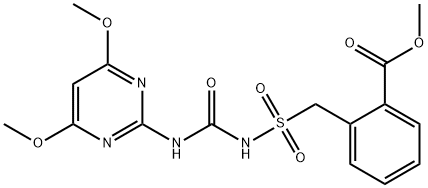


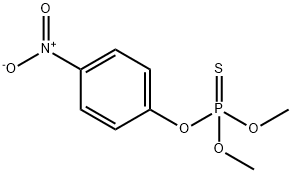

You may like
-
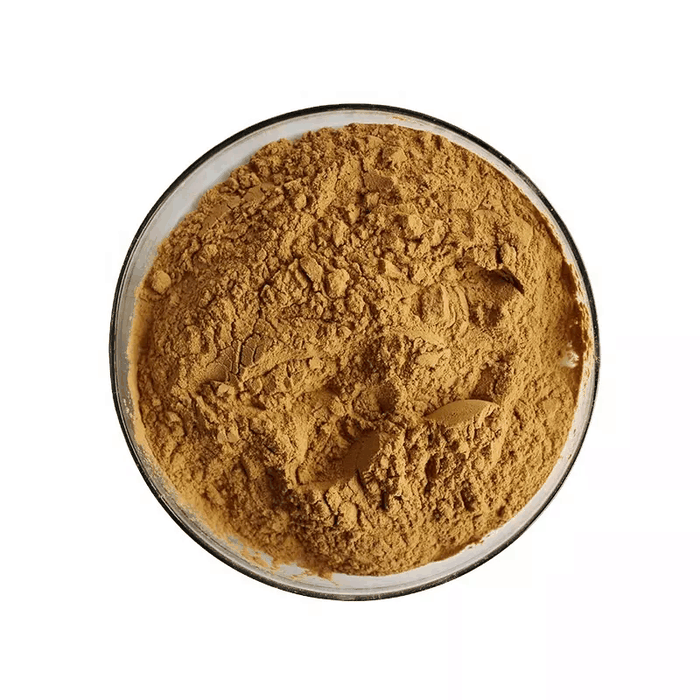 Oxymetholone 99%View Details
Oxymetholone 99%View Details -
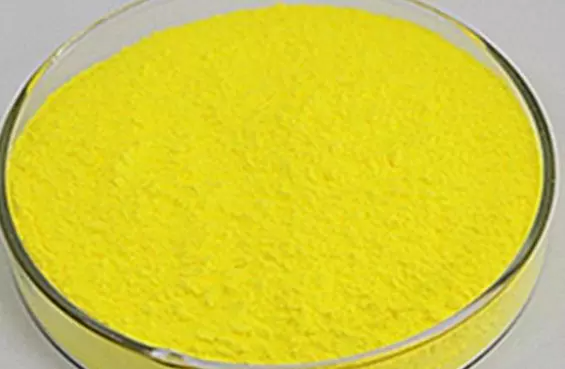 Oxymetholone 99%View Details
Oxymetholone 99%View Details -
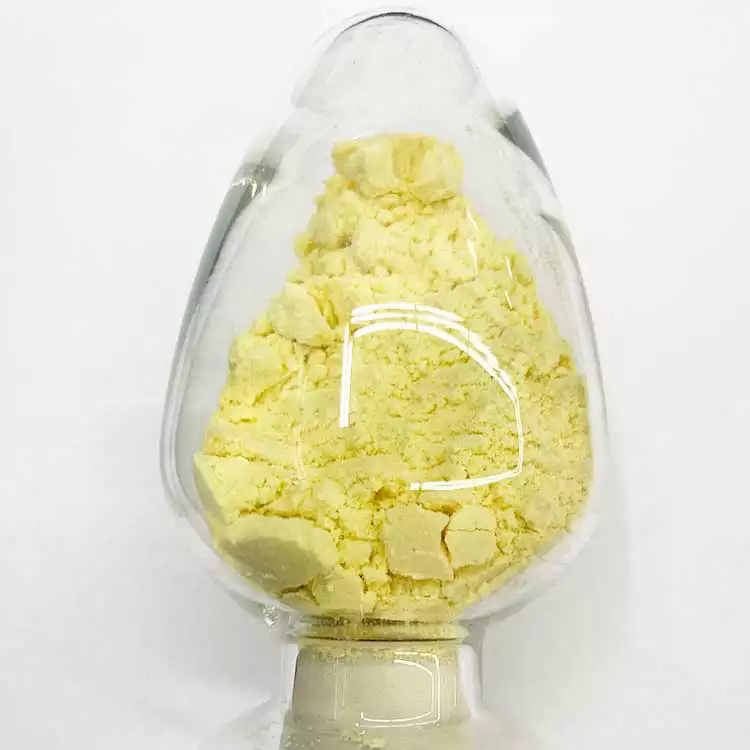 Oxymetholone 99%View Details
Oxymetholone 99%View Details
434-07-1 -
 Oxymetholone 434-07-1 99%View Details
Oxymetholone 434-07-1 99%View Details
434-07-1 -
 1975-50-4 98%View Details
1975-50-4 98%View Details
1975-50-4 -
 14714-50-2 (2-Hydroxyphenyl)acetonitrile 98+View Details
14714-50-2 (2-Hydroxyphenyl)acetonitrile 98+View Details
14714-50-2 -
 118753-70-1 98+View Details
118753-70-1 98+View Details
118753-70-1 -
 733039-20-8 5-broMo-2-chloro-N-cyclopentylpyriMidin-4-aMine 98+View Details
733039-20-8 5-broMo-2-chloro-N-cyclopentylpyriMidin-4-aMine 98+View Details
733039-20-8